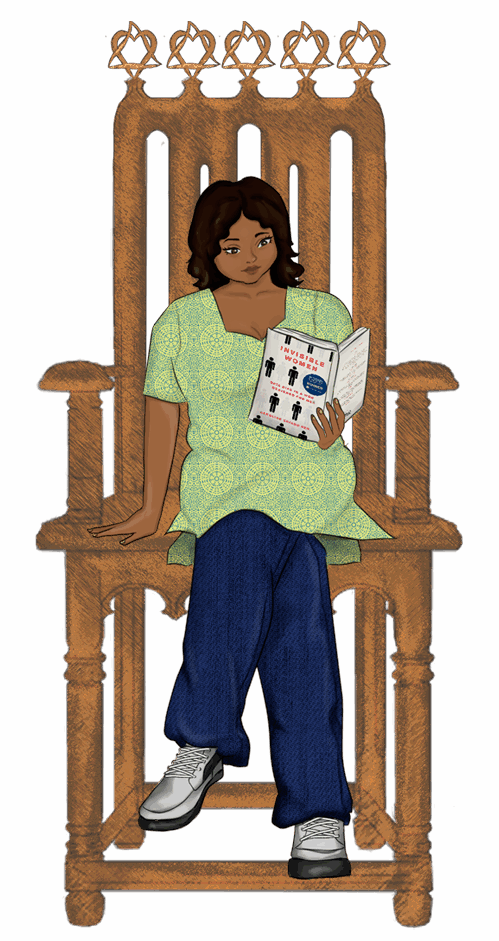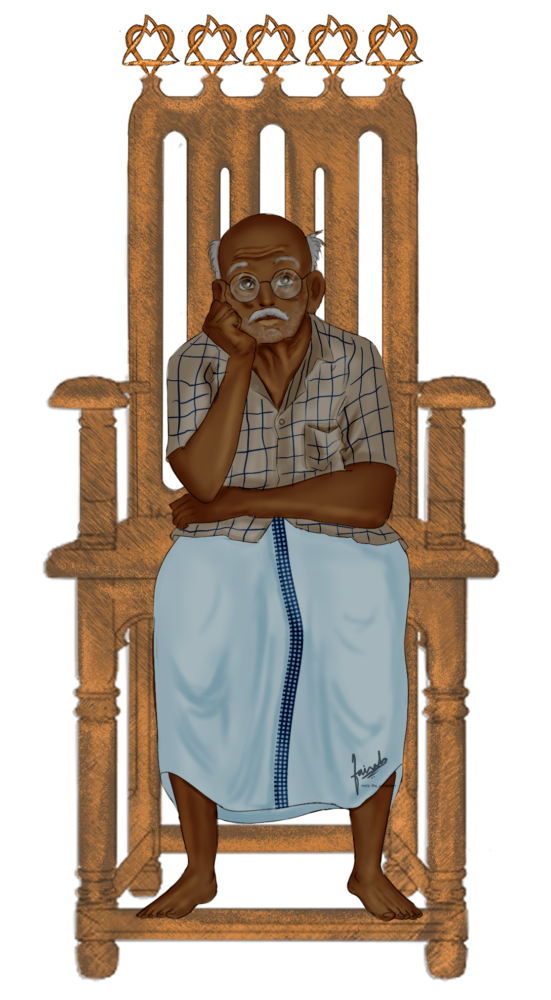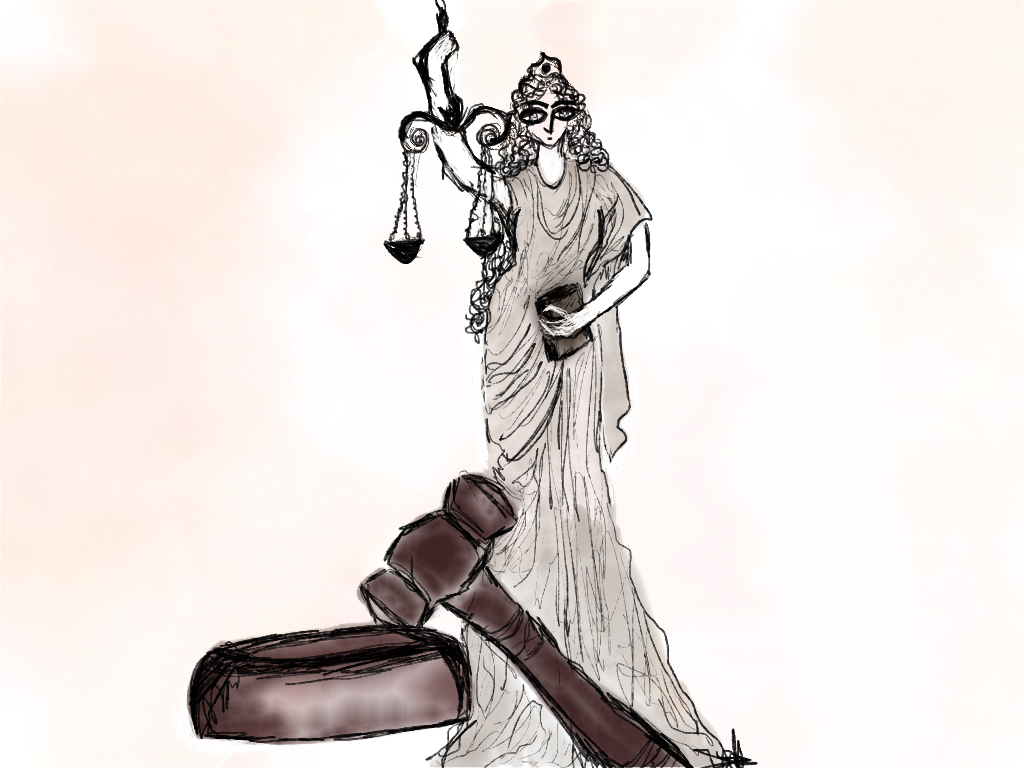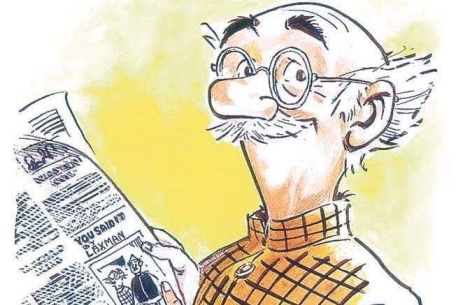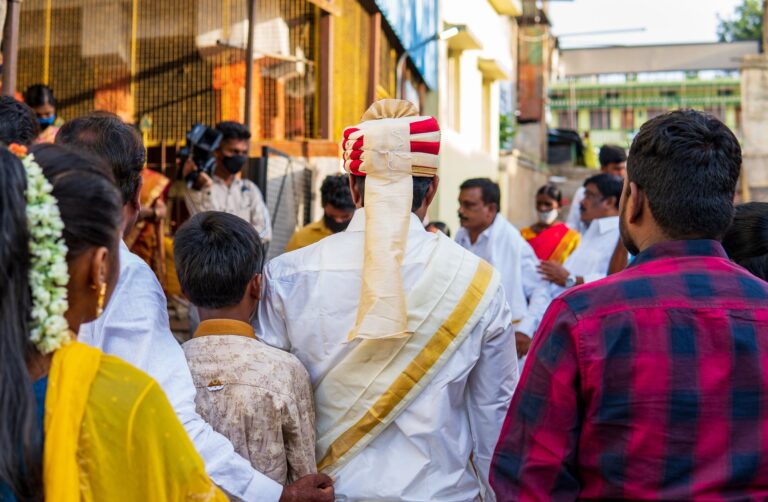Judicial cleavages and social justice: An Analytical perspective
Mohd Usman is pursuing a Ph.D. in Human Rights from Aligarh Muslim University, with over 2 years of experience in Child Rights and Child Protection. He holds a P.G. Diploma in Criminology from AMU, a Master’s in Human Rights from Jamia Millia Islamia, and a Bachelor’s in Social Work from the University of Delhi. Passionate about Social Justice, he amplifies marginalised voices through impactful writing.
The judiciary serves as a fundamental pillar of democracy, ensuring that legal standards are interpreted and applied with fairness. Nevertheless, judicial cleavages—divisions rooted in ideology, political pressures, and legal interpretation—significantly impact social justice matters such as affirmative action, human rights, economic equality, and the rights of marginalised individuals to access justice (Solum, 2019). These divides create legal distinctions and influence broader societal norms and governance. Historically, such judicial divisions have played a crucial role in the development of legal systems across the globe. The ongoing discussion between judicial activism and restraint highlights this conflict: Should judges actively advocate for social change or limit themselves to strict legal interpretation? Judicial decisions frequently influence legislative and executive actions, making these divides essential to political and social discussions.
Understanding judicial cleavages
Several things contribute to judicial cleavage/divisions, such as judges’ political beliefs, legal theories, and socioeconomic viewpoints. Political factors are frequently considered when appointing judges in democracies, which causes ideological differences within the judiciary. While some judges take a progressive perspective, stressing the dynamic nature of justice, others maintain a conservative view of the law, preferring originalism and textualism (Calabresi, 2007).
Upendra Baxi (1980) emphasises how ideological differences among justices influence court rulings in India, especially regarding instances involving social justice and affirmative action. These divisions affect the judiciary’s capacity to uphold equal justice by influencing decisions about the rights of marginalized communities, economic policies, and constitutional interpretation. A judiciary split along ideological lines may impact legal precedents and long-term policy stability, leading to varying interpretations of constitutional principles.
Judicial activism and social justice
Around the world, judicial activism has been crucial in guaranteeing justice for underrepresented communities. For example, the Indian Supreme Court has significantly extended the reach of fundamental rights by tackling systemic injustices through Public Interest Litigation (PIL) (Baxi, 1980). Judicial differences frequently give rise to this activism, with some judges supporting broad interpretations of justice while others uphold a rigid constitutional framework.
Judicial cleavage/divisions in the US are best shown by the continuous argument between originalists and supporters of the “living constitution” approach. While others say that constitutional interpretation needs to change to accommodate current social issues, originalists maintain that the Constitution should be read literally (Solum, 2019). These disagreements mirror more significant ideological disputes within the judiciary and have influenced historic decisions on labour legislation, abortion rights, and racial equality.
Balancing judicial independence and accountability
Striking a balance between judicial independence and accountability is crucial to mitigate the adverse effects of judicial cleavages. Key reforms, such as transparent judicial appointments, greater public engagement in legal processes, and constitutional morality adherence, can strengthen judicial credibility.
In India, the Collegium System for judicial appointments has been criticised for its lack of transparency. The proposed National Judicial Appointments Commission (NJAC) aimed to enhance accountability but faced judicial resistance. Finding a middle ground between judicial independence and institutional accountability remains a pressing challenge.
Globally, legal scholars advocate for merit-based appointments and increased judicial diversity to ensure courts reflect broader perspectives. Additionally, progressive legal education can help align judicial reasoning with evolving social justice concerns.
Judiciary in a changing world
The future of judicial decision-making depends on adapting legal interpretations to changing social realities while maintaining legal stability. Courts must balance adherence to past rulings with evolving legal norms to meet contemporary challenges.
Technological advancements and digital transformation also influence judicial processes. With the rise of artificial intelligence in legal analytics, courts now have access to vast data sets that can support more informed decisions. However, the risk of algorithmic bias raises ethical concerns, necessitating judicial oversight in integrating technology into legal frameworks.
Furthermore, global trends toward climate litigation are reshaping judicial priorities to monitor anthropogenic activities and promoting sustainable development around the world. Courts worldwide increasingly address climate justice cases, holding corporations and governments accountable for environmental damage because anthropogenic activities eventually affect social justice. This shift signifies an expansion of judicial responsibility to safeguard future generations.
Implications on social justice
Judicial cleavages/divisions significantly impact social justice, especially regarding economic, human rights, and affirmative action laws. One example of how ideological differences can influence significant judgments is the US Supreme Court’s recent decisions in Students for Fair Admissions, Inc. v. President and Fellows of Harvard College and Students for Fair Admissions, Inc. v. University of North Carolina (2023). Comparably, the European Court of Human Rights has had internal conflicts over state sovereignty and asylum rights, which mirror more extensive legal and political discussions (Helfer, 2008).
According to Baxi (1980), court rulings in India frequently fluctuate between conservative and progressive interpretations, which has an impact on the access to justice for oppressed people. The necessity of a judiciary dedicated to constitutional principles rather than political or ideological prejudices is highlighted by this contradiction. Ideologically divided judges risk undermining their impartiality as arbiters of justice, which could result in legal ambiguity and erode public confidence.
Any judicial system has cleavages/divisions that influence the interpretation and application of the laws and the Constitution. These differences encourage lively legal discussions, but they may also result in inconsistent court decisions/judgements, which could eventually affect the course of social justice. Ensuring fair and equitable justice requires a judiciary that respects constitutional norms without being influenced by ideological biases. Gaining knowledge about judicial cleavages helps one better understand how the court operates and how it advances social justice. There are plenty of examples in which the judiciary took a negative stance to secure social justice due to their ideological orientation. Ensuring fair and equitable justice requires a judiciary that respects constitutional norms without being influenced by ideological biases. Gaining knowledge about judicial cleavages helps one better understand how the court operates and how it advances social justice.
References
- Baxi, U. (1980). The Indian Supreme Court and Politics. Eastern Book Company
- Calabresi, S. G. (2007). On Originalism in Constitutional Interpretation. National Constitution Center
- Helfer, L. R. (2008). Redesigning the European Court of Human Rights: Embeddedness as a Deep Structural Principle of the European Human Rights Regime. European Journal of International Law, 19(1), 125-159
- Liptak, A. (2023, June 29). Supreme Court Rules Against Affirmative Action in College Admissions. The New York Times.Solum, L. B. (2019). Originalism Versus Living Constitutionalism: The Conceptual Structure of the Great Debate. Northwestern University Law Review, 113(6), 1243–1306
